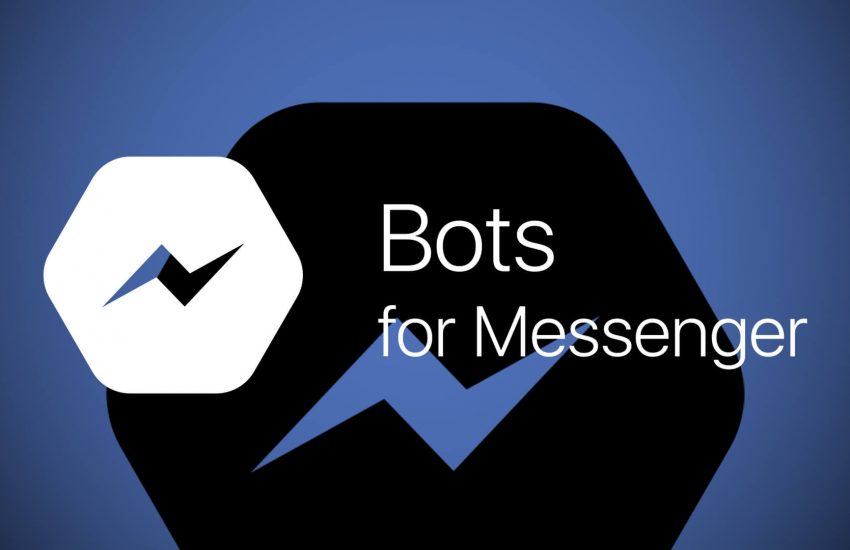
Chatbots have cropped up as a way for marketers and media companies to push out content posted elsewhere. Just as a brand’s how-to tutorial or a publisher’s news article can be distributed through a Facebook page or Twitter account, so can it be sent through a Facebook Messenger bot. And now, just as a Facebook page or Twitter account can be home to platform-specific content like a native video or a Canvas or Moment post, a Facebook Messenger bot can host native content.
Octane AI, a company that offers tools to create chatbots for Facebook Messenger, has developed a tool that packages a predefined message thread into an individual piece of content. Called Convos, these episodic conversations can be distributed as links outside of Messenger, like a branded video or news article.
“What we’ve done is actually very similar to Quartz,” said Octane AI CEO Matt Schlicht.
He’s referring to news publisher Quartz’s mobile app released last year that deconstructs traditional text articles into text messages. Instead of being presented with a big block of text, people are pinged with individual messages that relay bits of news, the kinds of messages you might have sent to a friend who didn’t watch the Academy Awards on Sunday night.
Brands, publishers and others can use Octane AI’s tool to create their own versions of Quartz’s conversation-as-content posts. For example, a cosmetics brand could convert a step-by-step makeup tutorial into a series of text messages walking someone through the application. Or a media company could produce fictional or non-fictional stories, a la popular podcast “Serial,” that play out as weekly series of conversational episodes. Given the number of Messenger bots that function as refurbished RSS feeds or shinier customer service call centers, the idea of using a chatbot to push out native content remains relatively novel, if not exactly new. Newer is the ability to link to that content directly outside of a Messenger bot.
Around the same time Facebook opened its messaging app to chatbots last April, it introduced profile-specific short-code links that, when clicked, would open a conversation with the corresponding Messenger account. These links were a way for brands, publishers and others to get people to strike up a conversation with their new bots.
Then, in November, Facebook provided a way for people, primarily bot makers, to add referral codes to these Messenger links, though it buried that news beneath its Messenger ads announcement. These referral codes could be used to tell the bot something about where the person on the end of the conversation was coming from or what they were looking for. A referral code could be used to specify where a link was posted to identify traffic sources, attach a coupon code to a link to add a discount to a purchase made through the Messenger bot or to present people with a specific message or series of messages corresponding to that referral code.
With Convos, Octane AI has pounced on the third purpose. Referral links remove the need for any introductory rigamarole, as well as any uncertainty as to why someone might want to converse with a Messenger bot. Instead of all the small talk, the links send them straight into a particular pre-programmed conversation.
Chatting up a bot in a Convo is like carrying a conversation with a Westworld host, albeit one lacking a bicameral mind. Since they must be pre-produced, Convos are akin to flow charts written as scripts of dialogue.

Bot makers can write out Convos like a dialogue script mixed with a flow chart.
Convos can be straightforward: bot sends a message or multiple messages, person clicks on one of the predefined reply buttons that triggers a preset response from the bot, rinse, repeat. And, in addition to text, they can contain photos, photo galleries, videos, audio and buttons that people can click to visit a website, subscribe to a bot’s push notifications, manage notification settings or pull up a main menu.

Or Convos can be more interactive than a color-by-numbers conversation. People can be presented with multiple predefined reply buttons that fork the conversation into different directions, or what Octane AI calls “tangents.”
For example, a brand’s Convo that details how to use a line of makeup products could ask people what skin type they have and offer different guides customized to various skin types. Or a sports news publisher’s Convo reporting the results of last night’s NBA game could ask people which of the two teams they root for and center the game’s details around that team. While tangents can get pretty complex — with a tangent spawning its own tangents and on and on — they’re not intended to turn a message thread into a tree diagram. They’re supposed to be branches that eventually connect back to the main body of the conversation, like how a choose-your-own-adventure book offers different paths to the same endpoint.
That endpoint is supposed to be the share button, converting a Convo into a link that can be posted elsewhere, converting a Messenger bot from a content distribution portal into its own property.
About The Author

